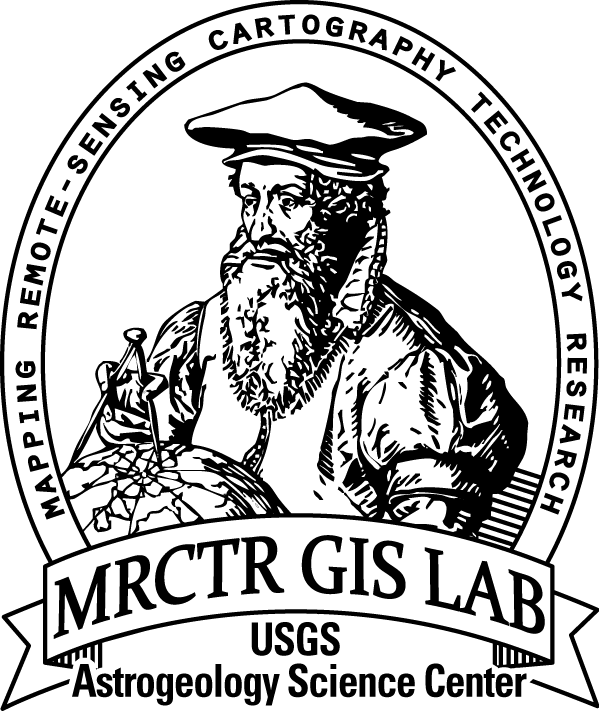Sol 15 Update on Curiosity from USGS Scientist Ken Herkenhoff: New Insight
21 August 2012The MSL mission continues to go very well, with the first movement of the rover wheels planned for tomorrow. The tactical operations team continues to take on more challenges, planning more and more scientific observations each day. I spent most of the day on strategic planning of the Mastcam characterization sequences, trying to figure out how best to fit them in among the other activities planned for the next few sols. This was a refreshing change from my previous focus on tactical operations, but all of this work is interesting.
But the big news at JPL today was NASA's selection of the next Discovery mission, called InSight. The NASA Discovery program goal is to fly medium cost (less than $425 million) missions to the planets, and is very competitive. The decision was great news for JPL, as the mission is led by Bruce Banerdt, a JPL geophysicist, and will involve many other JPL scientists and engineers in the next few years. Despite the successful landing of MSL this month, JPL has had to lay off hundreds of employees, in part because the peak in the effort to develop MSL has passed and there are few NASA planetary missions in the queue. InSight, a mission to explore the interior of Mars using a seismometer, will keep at least a few engineers and scientists busy, avoiding further layoffs. This was especially good news to me because I was concerned that the engineering expertise at JPL that enabled the successful Mars Pathfinder, Mars Exploration Rover, MSL, and other missions could have been lost if more layoffs were necessary. Once these engineers are lost to other companies, it would be nearly impossible to get them back at JPL in the future. Not only would may of them put down roots in other places, many private companies pay engineers more than they are paid at JPL. So keeping these talented individuals at JPL will be good for NASA and good for planetary exploration.
Ken










